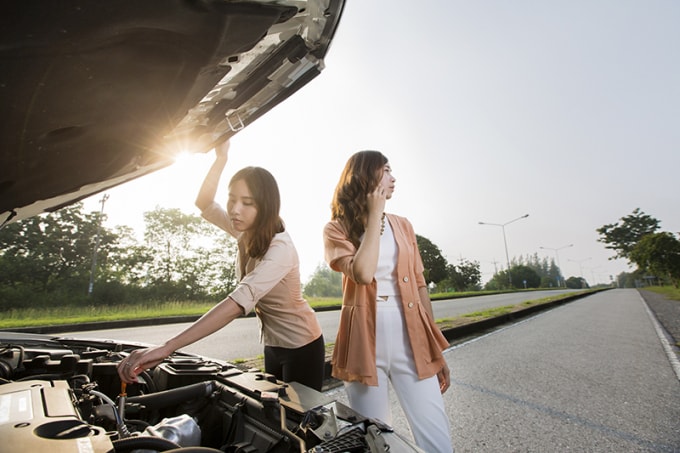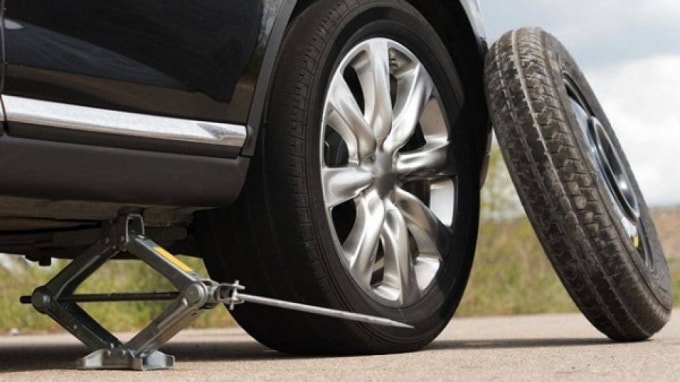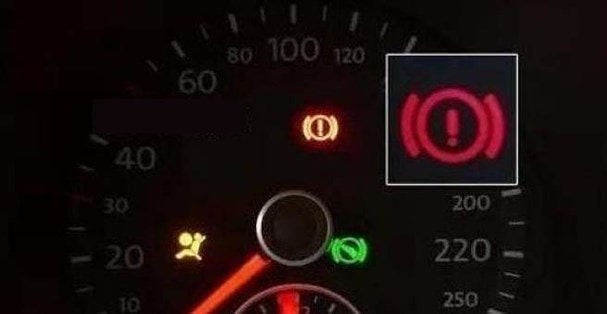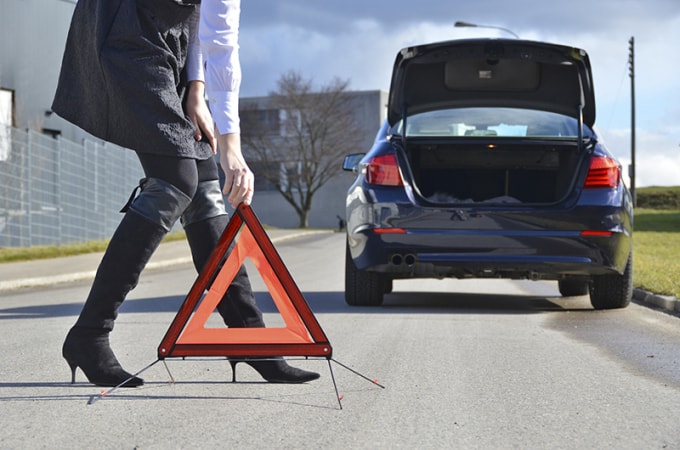8 things to do before calling for help
Whenever an accident occurs, the first thing we think of is calling for help. However, there are many things we need to do first to facilitate the rescue work.
 |
1. Know the basic information about the car you are driving.
Experienced car users say that car rescue workers always want you to provide information related to the car in advance, such as: What brand is the car? Car model name? Car year?... If you are the owner, everything is very simple. But if it is a borrowed or rented car, it is indeed a bit difficult. Knowing the "history" of the car will help them be more proactive in preparing the necessary rescue equipment. Therefore, you should check the detailed information about the car you use before entering the cockpit.
2. Describe the problem in detail
People who are not communicative are often shy to communicate and are not mentally ready to face questions from strangers. But if your car has a problem and needs a rescue team, you should put aside your own "pressure" to be able to provide the necessary information to the rescue team. Based on the questions from the rescue unit, you can help them visualize the problem you are having, the current condition of the car. Reading and understanding the error symbols on the car is also very useful at this time. Try to use accurate, concise descriptive words to help the rescue work go smoothly.
 |
3. Learn some basic repair skills, especially changing the spare tire.
Many people lose millions of dollars calling for rescue when the car only needs a few simple steps to fix. For example, a flat tire in the middle of the road. That is why you need to equip yourself with the skills to repair and fix common errors, including the skill of changing spare tires. This will help you save a lot of money, more importantly, you will be proactive about your travel time and not be too dependent on rescue.
 |
4. Understanding the vehicle's transmission system
Sometimes through the phone call you call, the rescue staff will guide you on how to fix the error. Therefore, reading and understanding the symbols and symbols on the car is very important. Besides, you need to have knowledge about the details inside the engine compartment to check and repair the car quickly by yourself.
5. Don't try to repair something you don't understand about the car.
If you don’t have any experience in repairing cars, don’t touch it. Online DIY tutorials won’t help you improve your skills in this case. On the contrary, that knowledge combined with your conservatism will only make your car worse.
6. Don't be afraid to ask about repair costs
Many people often do not ask for the cost before the repairman starts. As a result, when they receive the bill, they are shocked and do not believe the large amount of money they have to pay. Currently, insurance services include this clause, so you need to confirm the repair cost before allowing them to perform the rescue work.
7. Choose the right towing or carrying option
Passenger cars under 9 seats will have 2 types of rescue: towing or carrying. These two types of rescue will be applied to each type of car drive. In the current market, car models will use the following drive types: Front-wheel drive, rear-wheel drive and 2-wheel drive (AWD or 4WD). Therefore, you need to provide the correct drive type of the car so that the rescue center can dispatch the appropriate type of rescue vehicle.
Vehicles using front-wheel drive:Front-wheel drive vehicles can be used for both towing and hauling, but towing is typically used by recovery centers.
Vehicles using rear-wheel drive system:This type of vehicle is often used by rescue centers in the form of pulling and pushing.
Vehicles using four-wheel drive system:If towing is applied to a vehicle using a 4-wheel drive system, the wheels will rotate while the engine is not running, and the lubricating oil supply will not be sufficient, leading to increased friction and damage to the machine parts. That is the reason why the rescue center chooses the form of transport. If towing is required, the rescue staff will need specialized tools (rollers) to support the remaining 2 wheels.
 |
8. Set alarms or have warning signals
If your car breaks down on the road, whether you can pull over or not, you should not forget to "signal" warnings to other vehicles on the road. This helps other vehicles quickly recognize obstacles and control their speed when approaching your car, avoiding unfortunate collisions due to surprise and not being able to handle the situation. If possible, place warning signs in front and behind your car about 100 meters to ensure traffic safety for yourself and other road users on that road. Absolutely do not use the car in the leftmost lane if the car breaks down on the highway.
